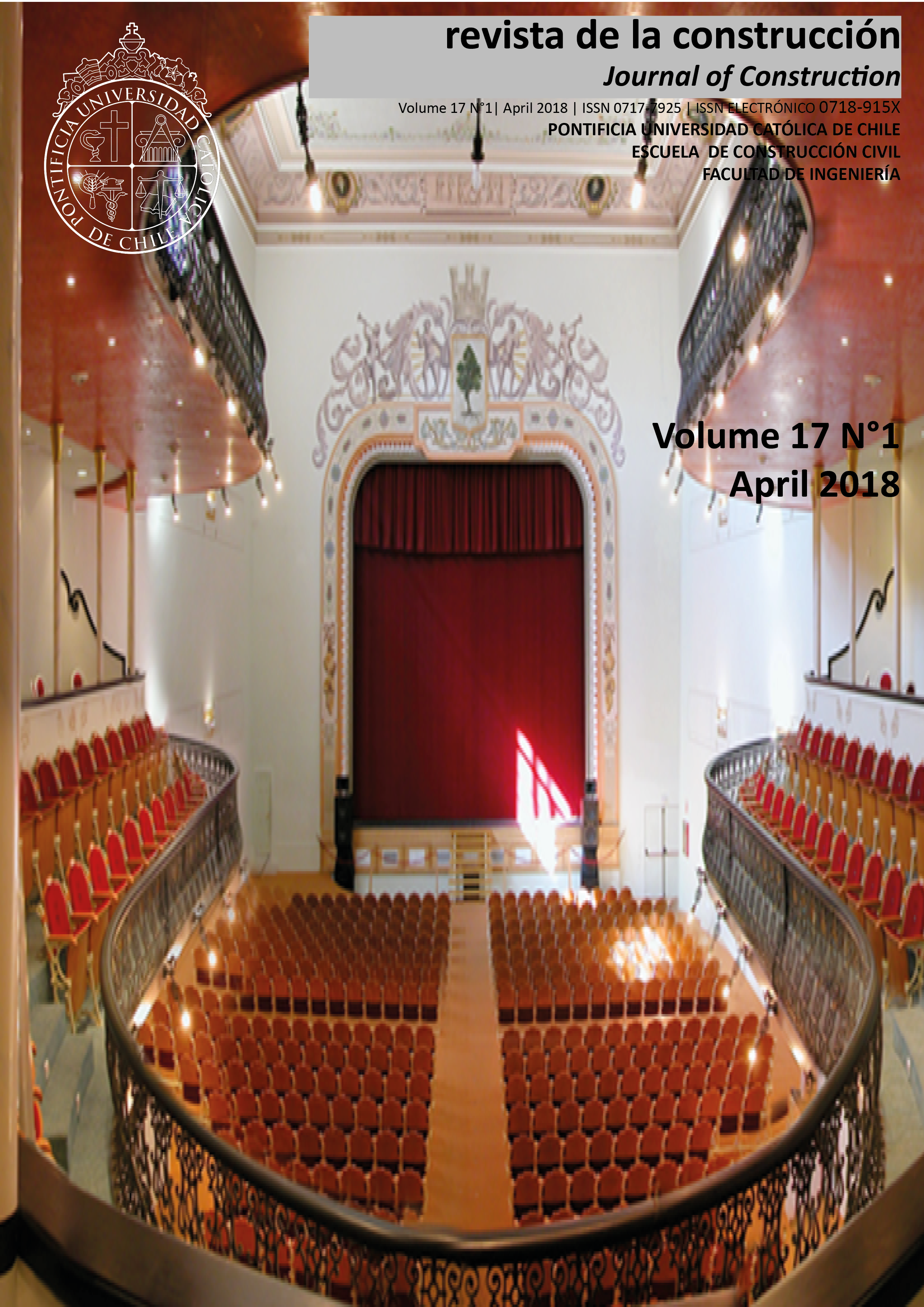Window frame thermal performance simulation. Suitable methods according to climate and technology
DOI:
https://doi.org/10.7764/RDLC.17.1.112Keywords:
Fenestration, THERM, U-factor, Numerical calculation, Labelling, Environmental conditions, Radiation modelAbstract
Within the framework of window labelling system elaboration in Argentina, this article questions the suitability of replicating calculation procedures from other countries with different climatic and technological contexts. This paper analyzes the methodological differences between existing standards for calculating window frame U-factor. It focuses on the impact of the radiation model applied on the frame outside boundary. Simulations were performed on different window frames under three sets of environmental conditions, first using the NFRC blackbody radiation model at the outside boundary, then using the ISO 15099 detailed radiation model. The comparison of the resulting U-factors shows significant differences (up to 12.7%) between both models. The impact of outside boundary radiation model choice increases with the non-planarity of outside frame boundary and decreases at high wind speeds. According to these results, the ISO 15099 detailed radiation model should be used on both sides of the frame, in order to maximise the accuracy of non-planar frames thermal transmittance calculation under any environmental conditions.
Downloads
Downloads
Published
How to Cite
Issue
Section
License
Copyright (c) 2019 Maureen de Gastines, Érica Correo, Andrea Pattini

This work is licensed under a Creative Commons Attribution-NonCommercial-NoDerivatives 4.0 International License.





